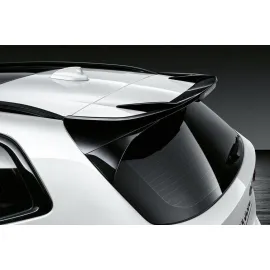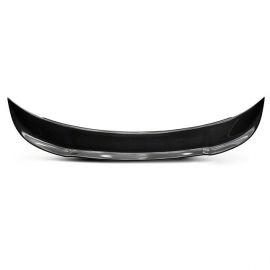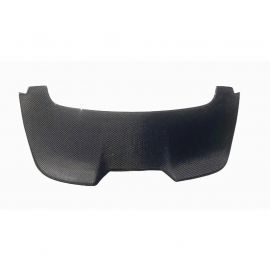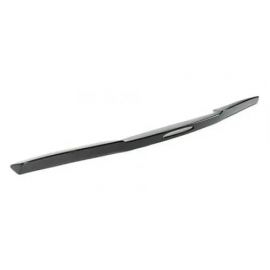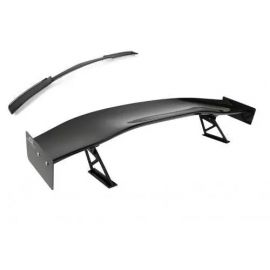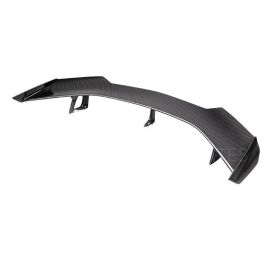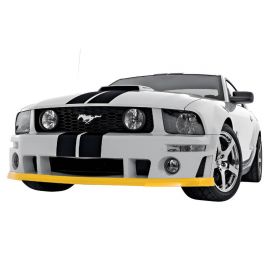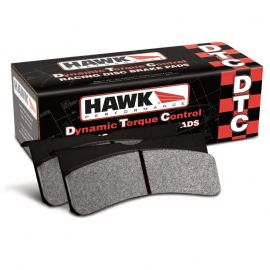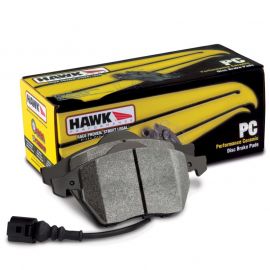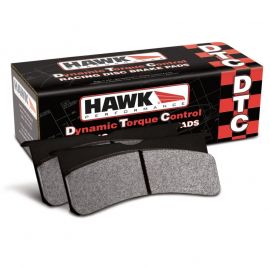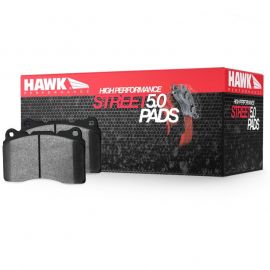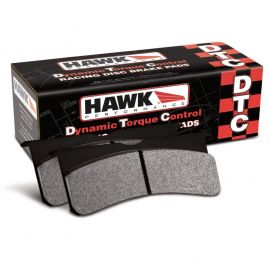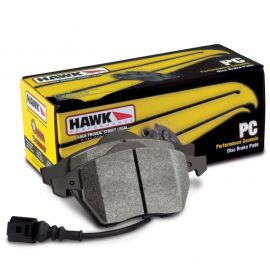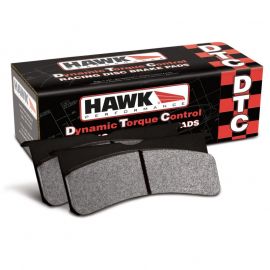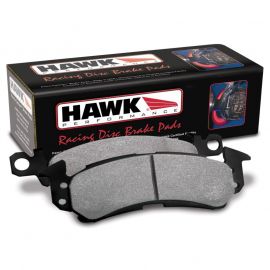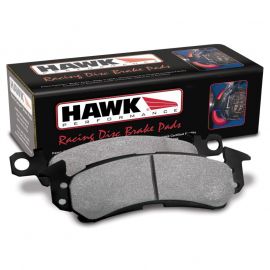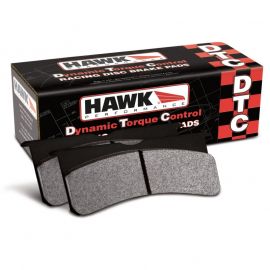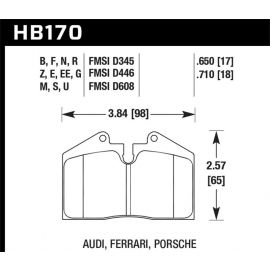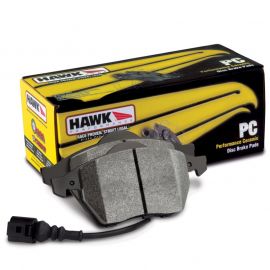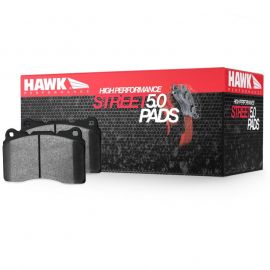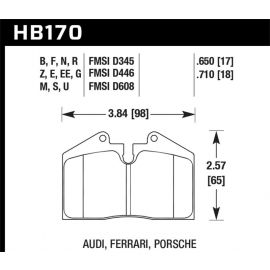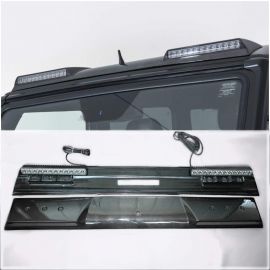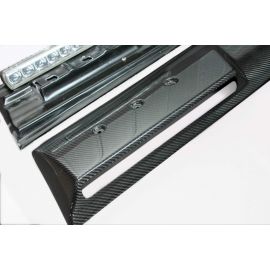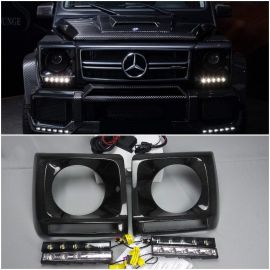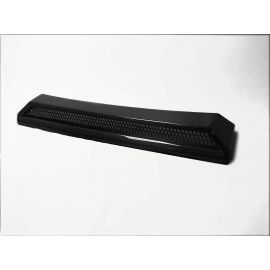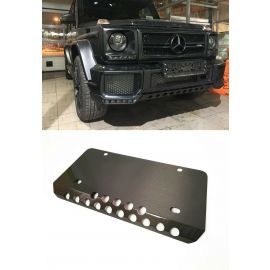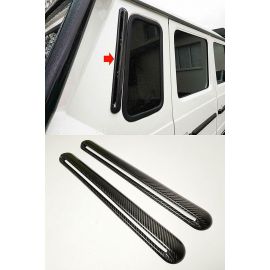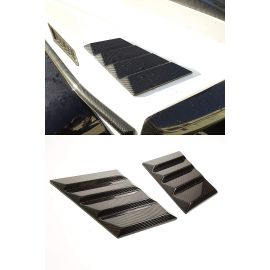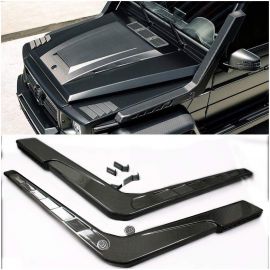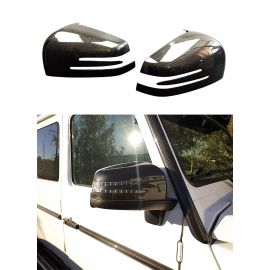Automotive Replacement Brake System Parts: A Comprehensive Guide
When it comes to vehicle safety, few systems are as crucial as the braking system. Properly functioning brakes are vital for preventing accidents, ensuring smooth stops, and maintaining control of your vehicle under various driving conditions. This guide will explore the importance of automotive replacement brake system parts, how to choose the right ones, and tips for maintaining your braking system to ensure your safety on the road.
Understanding the Brake System
The brake system in a vehicle is composed of several key components that work together to slow down and stop the car. These components include:
-
Brake Pads: These are the most frequently replaced parts of the brake system. Brake pads create friction against the brake rotors to slow down the vehicle. Over time, they wear out and need replacement to maintain braking efficiency.
-
Brake Rotors (Discs): These metal discs are attached to the wheels and are clamped by the brake pads to stop the car. Worn-out or damaged rotors can lead to reduced braking performance and should be replaced as needed.
-
Brake Calipers: The calipers house the brake pads and press them against the rotors when you apply the brakes. If the calipers fail, they can cause uneven braking or complete brake failure.
-
Brake Lines and Hoses: These carry brake fluid from the master cylinder to the brake calipers. Damaged or leaking brake lines can lead to a loss of braking power.
-
Brake Drums and Shoes: Common in older vehicles and some trucks, these components function similarly to rotors and pads but are designed differently. Regular inspection and replacement are essential to keep them in good working order.
-
Master Cylinder: This component controls the flow of brake fluid to the entire braking system. A faulty master cylinder can result in a complete brake system failure.
Why Replace Brake System Parts?
Over time, brake system parts naturally wear out due to friction and heat generated during braking. Ignoring worn or damaged parts can lead to several issues, including:
-
Reduced Braking Efficiency: Worn brake pads or rotors can increase stopping distances, which is dangerous, especially in emergency situations.
-
Noisy Brakes: Screeching or grinding noises are often signs that brake pads or rotors need replacing.
-
Vibrations: If you feel vibrations when applying the brakes, it could indicate warped rotors.
-
Leaking Brake Fluid: Low brake fluid levels due to leaks can lead to brake failure.
Regular inspection and timely replacement of brake parts are crucial to maintaining the safety and performance of your vehicle.
Choosing the Right Replacement Parts
When selecting replacement brake parts, consider the following:
-
Quality: Opt for OEM (Original Equipment Manufacturer) parts or high-quality aftermarket parts that meet or exceed OEM specifications.
-
Compatibility: Ensure the parts are compatible with your vehicle’s make and model. Incorrect parts can compromise the performance of your braking system.
-
Material: Brake pads, for example, come in different materials such as ceramic, semi-metallic, and organic. Choose the material that suits your driving needs and environment.
-
Brand Reputation: Stick to reputable brands known for their reliability and quality in brake system components.
-
Professional Installation: While some brake parts can be replaced by DIY enthusiasts, others require professional installation to ensure they are fitted correctly and safely.
Maintaining Your Brake System
Regular maintenance is key to extending the life of your brake system parts and ensuring your safety. Here are some tips:
-
Regular Inspections: Have your brakes inspected regularly, especially before long trips or after driving in harsh conditions.
-
Replace Brake Fluid: Brake fluid should be replaced according to your vehicle’s maintenance schedule. Contaminated or old fluid can affect braking performance.
-
Monitor Brake Pad Wear: Brake pads should be replaced when they reach their minimum thickness. Waiting too long can damage rotors and increase repair costs.
-
Listen for Unusual Noises: Unusual noises like squealing or grinding should be checked immediately to prevent further damage.
Conclusion
Your vehicle's brake system is a complex network of components that must be in top condition to ensure safety on the road. Regularly replacing worn-out brake parts with high-quality replacements is essential for maintaining your vehicle's performance and safety. By understanding the different parts of the brake system and following the tips provided in this guide, you can keep your vehicle in optimal condition and enjoy peace of mind knowing that your brakes will perform when you need them most.
Investing in quality automotive replacement brake system parts is not just about maintaining your car; it's about ensuring the safety of you, your passengers, and others on the road.




